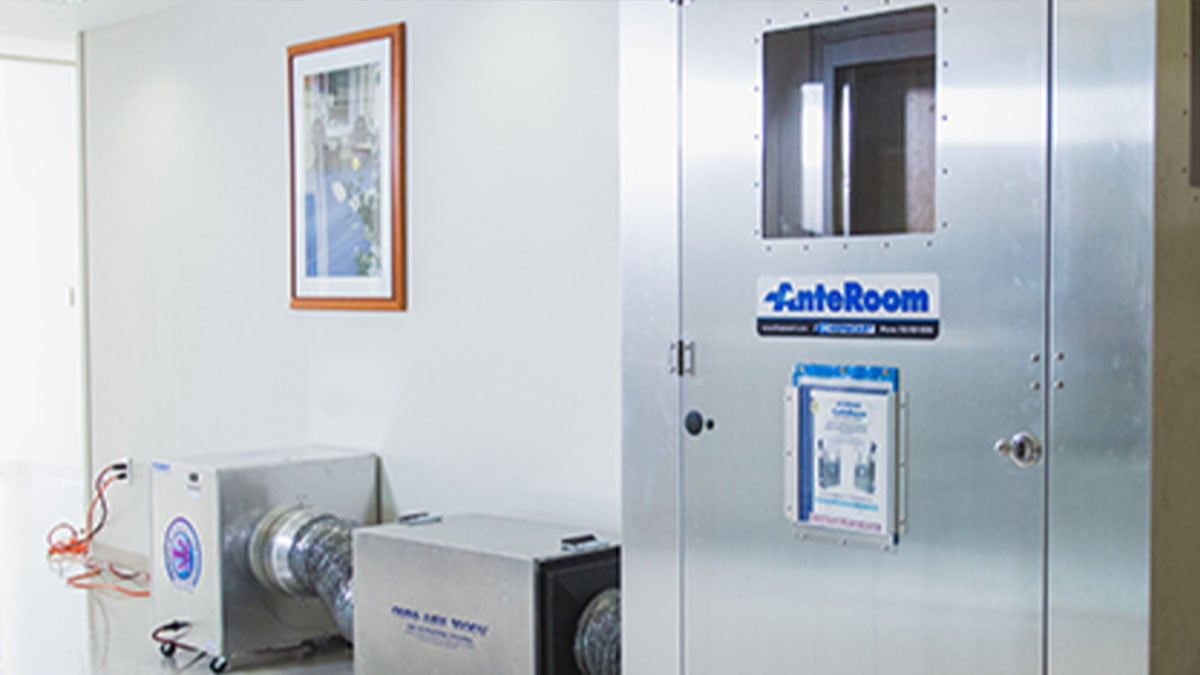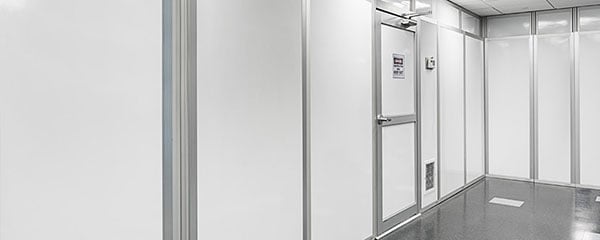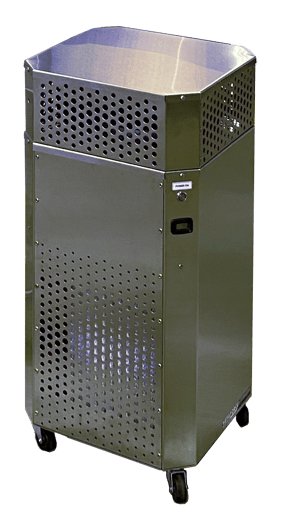Share this
How Facility Managers Can Effectively Address IAQ
by HEPACART on Oct 14, 2021
Good indoor air quality protects occupant health and improves productivity.
Indoor air quality (IAQ) has received increasing attention from scientific, political, and environmental authorities in the last decade because studies have shown that good air quality improves occupant health and productivity, drastically reduces the spread of airborne pathogens and mitigates sick building syndrome. But it's probably fair to say that the urgent need to keep occupants safe from COVID-19 has become the number one reason to ensure safe IAQ.
Let's take a look at three things facility managers can do to improve IAQ in their facilities.
Update Your HVAC System
If you are fortunate enough to have a sophisticated building automation system, it can gather information to improve IAQ. Critical data points for building health include:
- CO2 levels
- Volatile organic compounds (VOCs)
- Particulate matter
- Temperature
- Humidity
C02
Typically found inside buildings at a concentration of between 350 and 400 parts per million (PPM), carbon dioxide is exhaled by humans, animals, and combustion processes (gas-burning furnaces, for example). Indoors, it's time to worry when C02 exceeds 1,000 PPM.
Solution: Bring in outside air via demand control ventilation (DCV). Follow standard ANSI/ASHRAE 62.1-2019, or, more simply, Ventilation for Acceptable Indoor Air Quality.

VOCs
Volatile organic compounds are everywhere in buildings: paint, flooring materials, furniture upholstery, and cleaning products. Some humans are walking VOC spray foggers, courtesy of cosmetics, perfume, and tobacco smoke. Add them up, and you get total VOCs, known as TVOCs.
Solution: A TVOC sensor can detect when these aggregate VOCs get too high and send the DCV cavalry to the rescue.
Particulate Matter
While common outdoor sources of particulate matter are of concern if drawn in via ventilation (diesel truck and equipment exhaust, industrial smoke, forest fires, other dust sources), the primary particulate matter originating inside a building comes from construction or maintenance.
We know that viruses, spores, and other pathogens hitchhike on dust particles, but the particles themselves, if small enough, are also a problem for long-term health. That's because when extremely tiny (less than 2.5μm), they (a) can remain airborne for weeks, and (b) when inhaled, can bypass the body's natural defenses and get stuck in the lungs for, like, ever.
Solution: One look at this problem of trapping awesomely tiny things, and your eyes glaze over, and you say, "We're going to need a bigger filter." Actually, what you’ll need is a filter with a high MERV rating. While filters of 10 to 12 MERV are typically used when upgrading, 14 and above are needed for the smallest particles. Check with your friendly local HVAC expert on feasibility. Or read on to the end of this post because we'll cover supplemental non-HVAC equipment designed to keep construction dust under control in the next section.
Temperature & Humidity
Finally, temperature and humidity deserve mention because they also play a role in the likelihood of airborne pathogens causing human infection. We covered humidity pretty well in a blog post earlier this year about HVAC, humidification, and the Goldilocks range, so no need to repeat it here. Well, OK, maybe just this direct quote:
It's been known for over 30 years from epidemiological studies that maintaining moderate levels of humidification decreases the survival rate and infectivity of airborne infectious bacteria and viruses.

The Goldilocks range, by the way, is considered to be 40-60% humidity. As for temperature, beyond violating basic comfort requirements, too high a temperature can mimic the effects of low humidity. A good rule of thumb is that a comfortable range is also a healthy range.
Get Good at Dust Containment
This is our favorite part of this post because dust containment has been our forte for many years now. For safe, efficient ceiling maintenance, nothing beats our HEPACART® Mobile Containment Cart, which can be rolled to a specific location and set up in minutes, then moved to another location and deployed again, faster than you can say "Fred, get out the sheet plastic and one by twos and bring your lunch bag, because you’re gonna be in that hallway for a while."

To make it safe to work on an entire room, the HEPACART® AnteRoom installs in less than five minutes. This award-winning unit has adapters for connection to a negative air machine on either side of the door for ICRA Class IV compliance. Fred will love you for this one, too.

Finally, for those really big projects, we'll steer you to STARC® RealWall™ barriers and LiteBarrier™ walls. Both are sturdy, attractive, fast to erect, and air-tight. The LiteBarrier walls are lighter and cost 40% less because they come without the foam core that makes the RealWall a better barrier against construction noise. Fred will never need to take another mental health day.
Implement Air Purification
When free-floating viruses such as SARS-CoV-2 must be reduced to a safe level, targeting areas of high concentration with a stand-alone air purification device is advisable. The CDC has been recommending supplemental HEPA filtration as well as ultraviolet germicidal irradiation (UVGI) to hospitals for years.
 Our HEPAFORCE® GermBuster Room Air Purifier with UV-FORCE® combines both into a single, inconspicuous, stainless-steel housing that's easy to keep clean. The life of the HEPA filter can be prolonged with an optional MERV 7 poly pre-filter to catch larger particles. That way, the more expensive HEPA filter can be replaced on an annual basis, meanwhile trapping 99.97% of particles at the hardest-to-snag 0.3 micrometer size.
Our HEPAFORCE® GermBuster Room Air Purifier with UV-FORCE® combines both into a single, inconspicuous, stainless-steel housing that's easy to keep clean. The life of the HEPA filter can be prolonged with an optional MERV 7 poly pre-filter to catch larger particles. That way, the more expensive HEPA filter can be replaced on an annual basis, meanwhile trapping 99.97% of particles at the hardest-to-snag 0.3 micrometer size.

With a 3,000-hour life, the far-UVC lamp goes a long time, and it is mercury-free, unlike older-style UV lamps, simplifying disposal. Further, the brushless fan motor is designed for a very long, no-maintenance life, and its smart chip controls make it 40% more efficient than alternative motors. It’s a small and friendly-looking machine, too.
For a HEPA-filtered room air purifier without far-UVC light disinfection, check out our HEPAFORCE® GermBuster 300 Room Air Purifier.
Conclusion
Implementing these three things will help you maintain high IAQ in your facility, improving occupant health and productivity, drastically reducing the spread of airborne pathogens, including COVID-19, and mitigating sick building syndrome.
To learn more about equipment that will keep room air continually clean, explore our HEPA-filtered air purifiers. They're practical tools to help you maintain healthy IAQ in your building, capturing dust, pathogens, and other harmful airborne particles.
 More reading:
More reading: